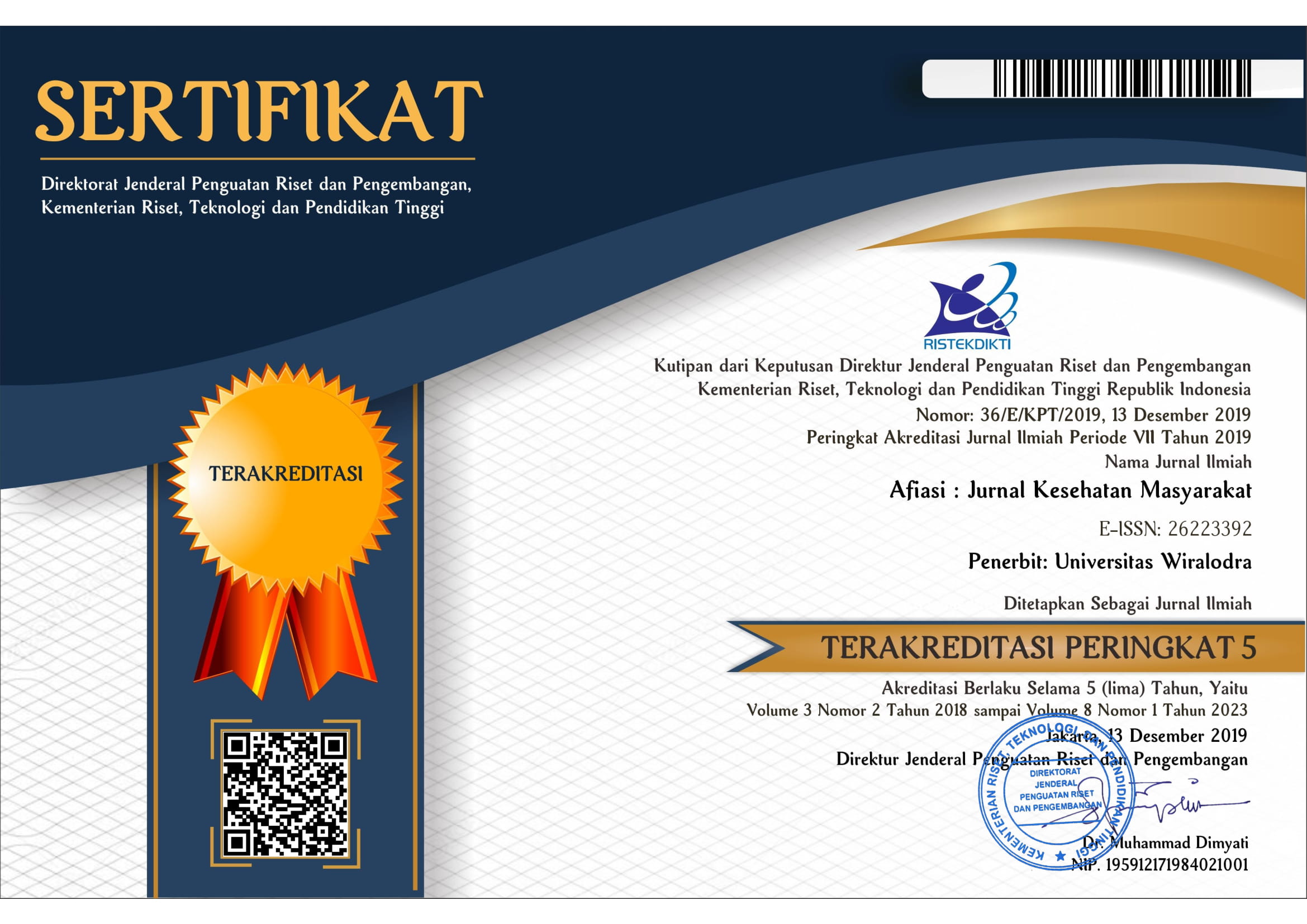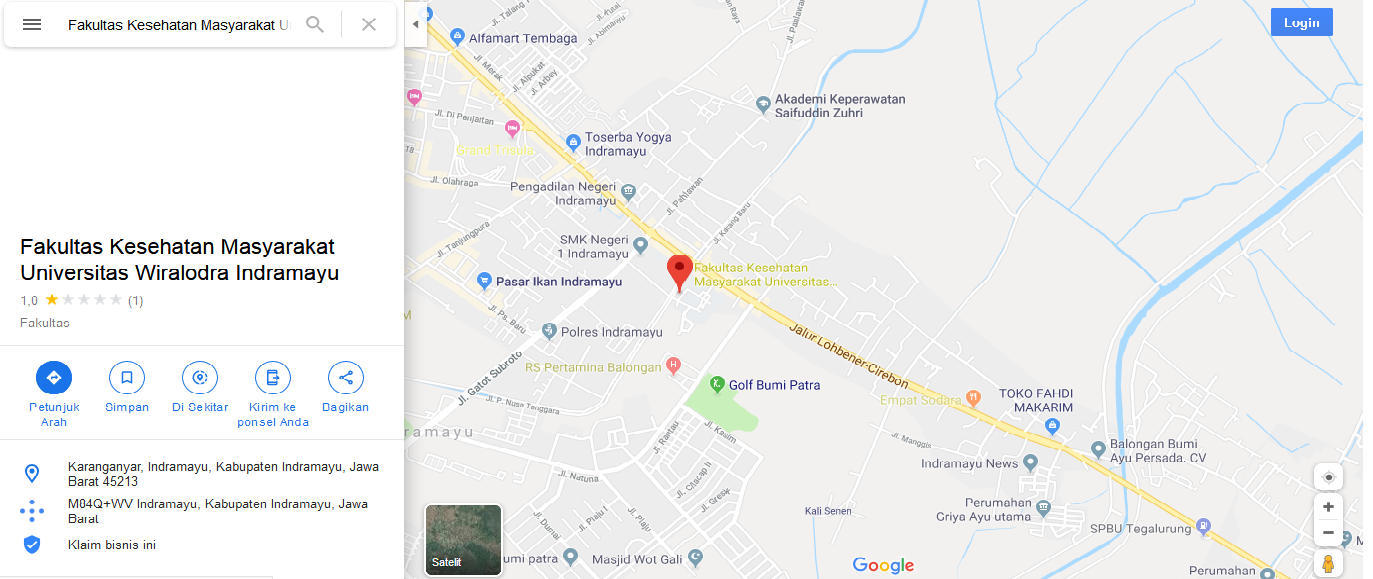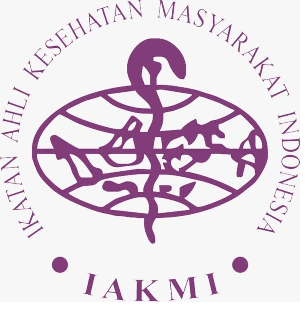the visual awareness of cervical cancer prevention in women of childbearing age
visual awareness of cervical cancer prevention in women of childbearing age
DOI:
https://doi.org/10.31943/afiasi.v5i2.100Abstract
Cervical cancer is a malignant tumor that grows in the cervix or serviks. This cancer occurs because cells in the cervix has multiplied and the abnormalities. Cervical cancer usually occurs in women of child-bearing age who are 30-45 years old because the average woman at that age has been active in sexual intercourse and has been productive, but it can also occur in women aged 18 years due to women's inability to maintain cleanliness and the health of the reproductive organs. This study aims to describe the awareness and behavior of cervical cancer in Women of Child-bearing Age. This study used a quantitative methods type of descriptive survey research with a sample of 150 respondents and Accidental sampling technique. The analysis used is univariate (age, occupation, last education, awareness, and behavior). The average univariate results of respondents were 31 years old (6,0%), the average of the last high school education was 83 people (55.3%), the majority of women who came to the health center 141 people (94.0%), most of them had a good awareness of 91 people (60.7%), and positive behavior 104 people (69.3%) for early prevention of cervical cancer. Researcher hope that respondents who had never done early cervical cancer screaning should checkup immediately and respondents who had already done screaning must to improve and maintain the efforts to prevent cervical cancer.
Bibliograph: 59 (2003-2018)
Key words: Cervical Cancer, Awareness, Behavior











